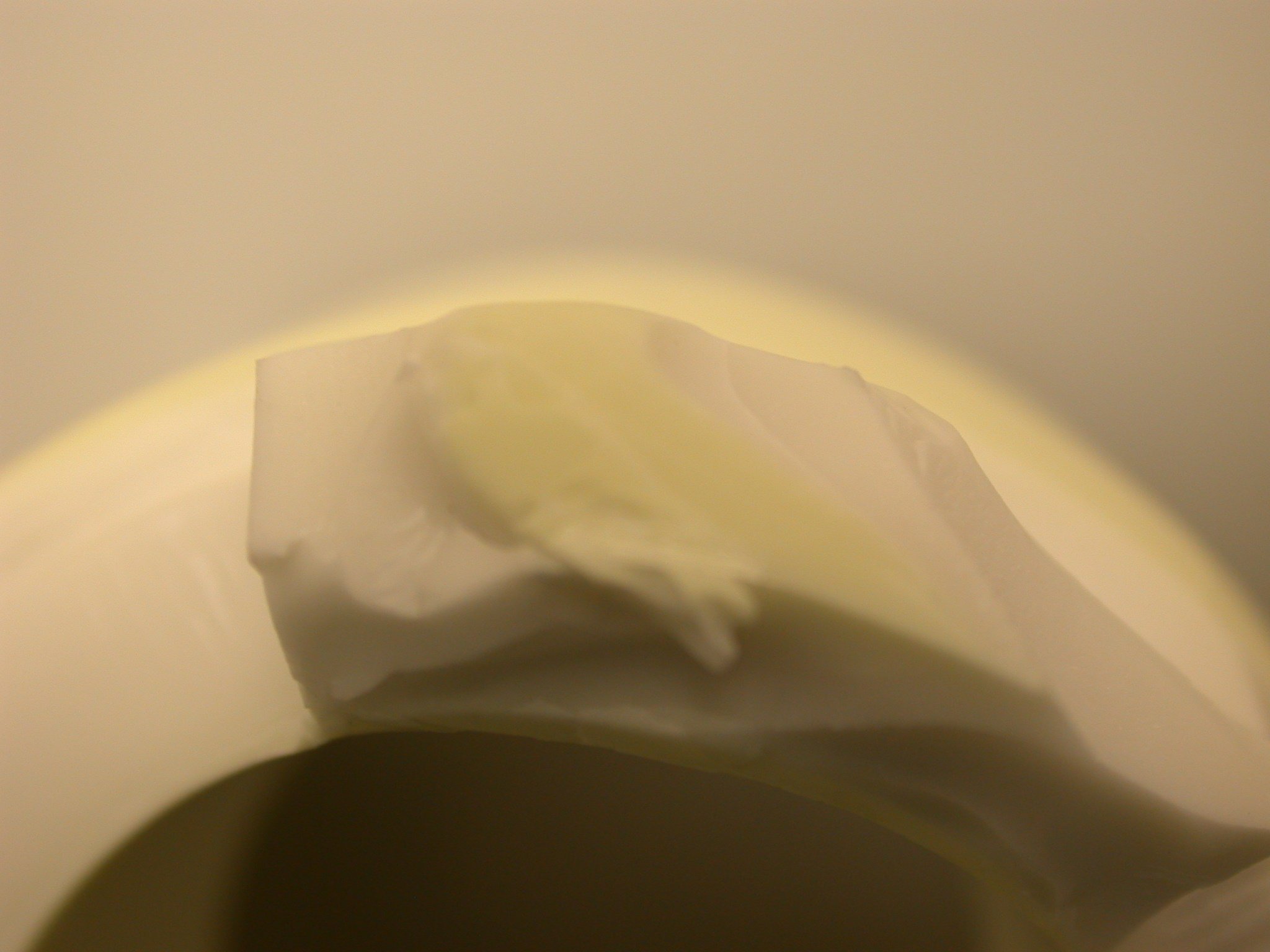A significant issue arose when a yttrium-stabilized cubic zirconia white ceramic, specifically engineered to circumvent corrosion problems, displayed unexpected flaws, such as cracking and yellowing during usage. This problematic ceramic component had been sourced from an Asian supplier and delivered to our customer. To delve into the root cause, we employed XPS (X-ray Photoelectron Spectroscopy) surface analysis, meticulously examining both a defective sample and a pristine counterpart.
In our analysis, we scrutinized the fracture surfaces, which, to a large extent, mirror the original sintered particle surfaces. These fracture surfaces offered a deeper understanding, highlighting the intricate interplay of the cubic zirconia particles and the binder materials crucial for their sintering process. These sintered interfaces often play pivotal roles in ceramic-related issues, shedding light on the challenges faced.
The defective ceramic exhibited higher concentrations of nitrogen, aluminum, and zinc in its fracture surfaces in comparison to the well-performing material. Conversely, the properly functioning ceramic displayed higher silicon content in its fracture surfaces. During usage, sodium was detected on both good and bad fracture surfaces. Interestingly, in the case of the defective material, sodium leached from the interparticle interfaces, leading to an increased carbon concentration. This phenomenon resulted in the undesirable yellowing of the ceramic. It is hypothesized that the defective ceramic either exhibited higher susceptibility to leaching during usage or contained larger and more interconnected micro-voids between ceramic particles, in contrast to the structurally sound ceramic material.
For any inquiries related to ceramic materials analysis, we invite you to reach out to us. Our expertise lies in unraveling the complexities of ceramic-related challenges, and we are dedicated to providing tailored solutions to meet your specific needs. Feel free to contact us to discuss your unique ceramic materials analysis requirements in detail.


